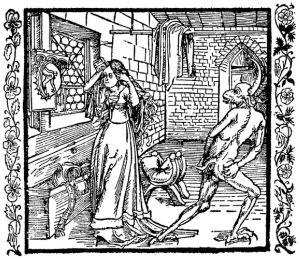Hair, Social Order and Cultural Encounters in the Habsburg World, 1450-1750
Stefan Hanß (Senior Lecturer in Early Modern History). This project is generously funded by a Philip Leverhulme Prize (£100,000, 2021–2023).

This project focuses on the history of hair in Reformation Germany and the broader Habsburg world. It unpacks how hair functioned as a cultural touchstone around which Habsburg identities, subjectivities, and societies revolved. Reformation upheavals in the Habsburg heartlands and the Iberian imperial programme of global expansion, and the cultural encounters it entailed in the Americas, Africa, and Asia, dynamised the meanings of hair in the early modern period. This project explores how everyday performances of hair mirrored religious, social, political, cultural, and material changes in the Habsburg world, and what it meant to live in a “hair-literate society.”
This project is generously funded by a Philip Leverhulme Prize (£100,000, 2021–2023). First research results have been published in a German book chapter on haircare and hair dyeing in early modern Germany, as well as in History Workshop Journal. This article examines Habsburg and Ottoman captives’ descriptions of forced hair removal in the early modern Mediterranean and their societal, religious, medical, and sexual meanings. Bringing gender history, the history of the body, and art history into a conversation with material culture studies, a Gender & History article argues that the sudden fashionability of beards in Renaissance Europe has been intricately linked with a culture of material and visual experimentation. Focusing on how people made hair matter, this article suggests working with the concept of face-work.
Current projects
Our research work is improving our understanding of people, cultures and societies around the world.
Read more
Past projects
An overview of completed projects from the John Rylands Research Institute and Library dating from 2017.
Read more
